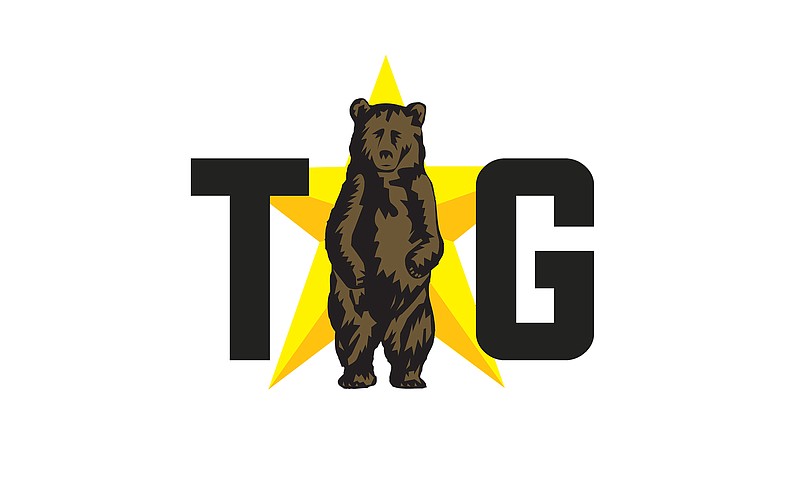All organizations have informal in-groups and out-groups that influences how productive and unrestrained all interactions are between leaders and employees. Employees cataloged to the out-group experience a distant relationship with the leader, meaning that leadership is purely transactional, and socials exchanges are extremely low and are a consequence of obligation. Out-group employees typically receive less attention, few resources, minimal rewards, and strict rules that determine how their job is performed. Employees normally act on their own interests, self-reliance, and intelligence while leaders mainly depend on supervision, communication, support, and pay. Social exchanges between the leader and out-group employees are infrequent and often activated when decisions require employees be informed or employees need to be persuaded of a decision. As "outsiders", employees who are enlisted in the out-group are separated from the leader because of differences in beliefs and values, different levels of education and knowledge, and the limited ability to access exclusive resources and people.
Referred to as "insiders", employees who are a part of the in-group are shown merited trust and provided unlimited growth potential, flexibility, unrestricted latitude, and influence in decision-making. The leader and employees share mutual interests and leaders are prone to allow employees to make choices outside of their control. Leaders take a less active role in providing managerial oversight and establishing strict boundaries by empowering employees to become "trust leaders" and take personal initiatives. Transformational in nature, leaders behave in a manner that ideally influences, intellectually stimulates, individually considers, and motivationally inspires employees to perform their in-role duties and perform tasks beyond their job description. Employees are more likely go above and beyond to help co-workers, exercise personal leadership, prioritize career investments, and demonstrate company citizenship.
To transition from the out-group to the in-group, leaders can proactively exert time, energy, and resources to foster relationships with employees who are interested in abandoning the out-group. Between transactional and transformational leadership lies trial leadership in which leaders begin a probationary or trial period that tests the emotional, cognitive, social, and work limitations among employees. For this reason, leaders cautiously explore the option of delegating work assignments with strict boundaries and experiment with issuing trust, setting realistic and attainable goals, determining mutual interests, and gradually increasing social exchanges. While leaders begin to provide access to resources and align job tasks with company goals, employees may begin abandoning isolation adopted in the out-group and choose to be partially or fully engaged as safety, security, and belongingness gateways increase.
Akin to the mentor-protégé model, leaders must first extend an offer or invitation to employees to become a member of the between-group. This intermediate stage is referred to as the zone of proximal development. Here, the leader observes and evaluates actual levels of development and potential levels of development to determine the amount of guidance to provide. Dubbed "incomers", employees show an interest in being mentored and the leader acknowledges the protégé's respect and encourages participation in task-oriented and growth-producing work. During this trial period, the leader and employee engage in frequent and meaningful social exchanges, foster strong personal and professional relationships, focus on highly productive tasks, co-produce growth-oriented activities. In addition, deep and emotional bonds are formed, and employees begin to access benefits not readily available for out-group employees. The leader creates safe and secure environments for employees where they can express themselves without the fear of retaliation and begin to explore untapped areas of potentialities. Over time, such empowering interactions increase trust, commitment, and job satisfaction. The leader and employees disproportionately become vulnerable to adapt socially, detract barriers of scepticism, and begin to securely rely on each other's abilities.
As employees shift from the out-group to the in-group, it is important for leaders to identify meaningful ways to begin nurturing relationships based on emotional attachment, trust, consideration, vetted delegation, and reciprocity. The between-group provides leaders with a symbolic yardstick to measure emotional, cognitive, social, and intellectual contributions to verify the legitimacy of employees who accepts the invitation to become leaders in the making. Employees can also use this midway point to determine if the responsibility that comes being close to the leader is worth the investment.
Dr. Brian L. Matthews is an assistant professor of management at TAMUT-T

